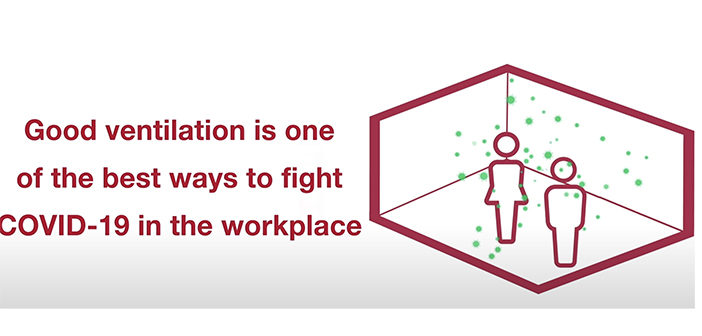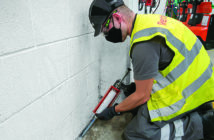The Health and Safety Executive said fresh air supply and good ventilation is key to a safe working environment as pandemic continues.
The law requires employers to ensure an adequate supply of fresh air in enclosed work spaces, which was also the case pre-pandemic.
However, it’s important to understand how to use ventilation to limit the spread of the COVID-19 virus in your workplace.
Why is ventilation important?
In simple terms, ventilation reduces the amount of virus in the air. Aerosol transmission is what happens when you breathe in small particles in the air, for example, when sharing a space with someone who has COVID-19.
The risk from aerosols is higher when you’re in an area which is poorly ventilated.
Top tips for ventilation
There are several ways you can ensure good ventilation in your workplace:
- Make sure the building is within occupancy limits;
- Keep windows and doors open wherever possible;
- Use fans or ducts to bring fresh air inside;
- Conduct a risk assessment and a walk through to look for badly ventilated areas;
- Use CO2 monitors to assess whether areas are well ventilated or otherwise;
- Recirculation units just move air around, rather than bringing in fresh air – avoid these; and
- Get advice from a ventilation specialist.
If you’re in a van or car:
- Keep windows open;
- Ventilators on; and
- Open doors for a few minutes to clear the air between trips, where possible.
If you’re in a space which is colder than usual due to the requirement for good ventilation, make sure you wear extra layers to keep warm.




